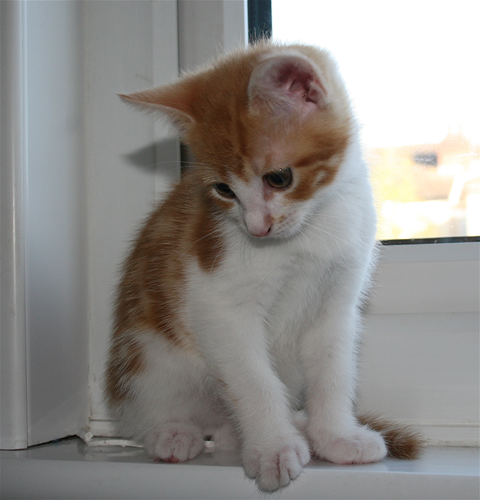


















NB. These were taken with slide film and not as digital pictures.
Please leave me a review and I will send you any other resource of your choice for free (contact me: office@oceansproject.com). Check out my other resources at my shop: https://www.tes.com/teaching-resources/shop/sarah277
Let me know if you have any resource requests and I will tailor make a resource for you.
Get this resource as part of a bundle and save up to 95%
A bundle is a package of resources grouped together to teach a particular topic, or a series of lessons, in one place.
Yr1 Science: Pets Bundle (Animals including Humans)
A collection of resources that can be used with Year 1 Science students on the topic of pets.
Pets and Animals Bundle
A collection of pet themed resources that I created for my class.
Pets and Animals Bundle
A collection of pet themed resources that I curated for my students as part of our animals, pets, and where we live module.
Cats and Kittens Bundle
A collection of cats and kitten themed resources.
Something went wrong, please try again later.
This resource hasn't been reviewed yet
To ensure quality for our reviews, only customers who have purchased this resource can review it
Report this resourceto let us know if it violates our terms and conditions.
Our customer service team will review your report and will be in touch.